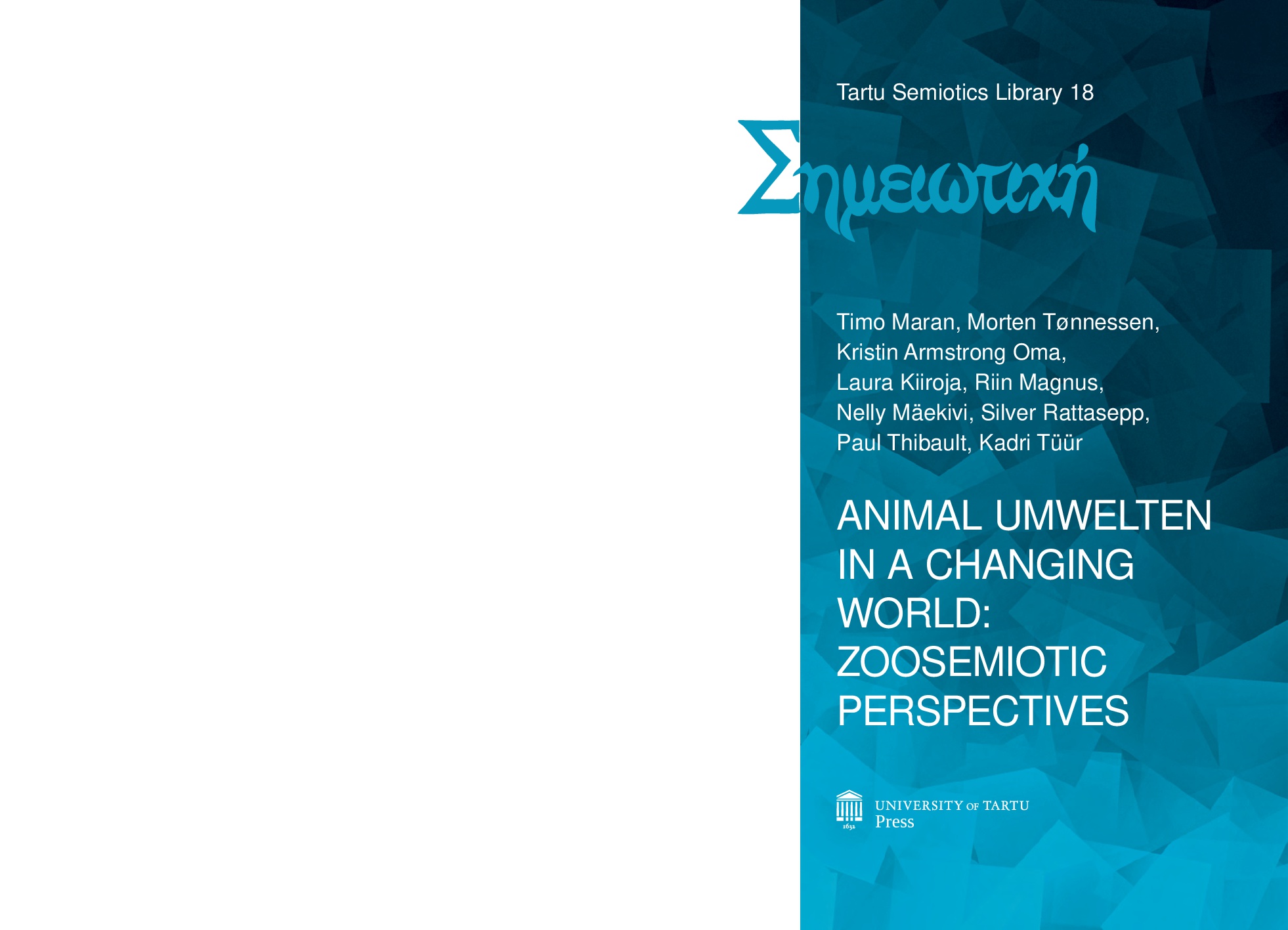Introducing zoosemiotics: philosophy and historical background
Introducing zoosemiotics: philosophy and historical background
Author(s): Kadri Tüür, Silver Rattasepp, Nelly Mäekivi, Riin Magnus, Morten Tønnessen, Timo MaranSubject(s): Semiotics / Semiology, Recent History (1900 till today), Methodology and research technology, Sociobiology
Published by: Tartu Ülikooli Kirjastus
Summary/Abstract: Zoosemiotics, or the semiotic study of animals, is a research field that is situated between the biological sciences and the humanities. This claim is accurate with regard to the history of the discipline, its theoretical position and basic concepts, and its methodology and research objects. Semiotic studies of animals were originally very much associated with the legacy of Thomas A. Sebeok (1920–2001) and his research program of zoosemiotics, defined as a “discipline, within which the science of signs [semiotics] intersects with ethology, devoted to the scientific study of signalling behavior in and across animal species” (Sebeok 1963: 465).1 More recently, zoosemiotics has been specified as “the study of signification, communication and representation within and across animal species” (Maran et al. 2011: 1). As such, semiotic studies of animals constitute an interdisciplinary research effort that aims at studying the semiotic activities of animals and their relations to human culture. At the same time, it is also necessary to study the ways in which humans represent and interpret the semiosic activity of animals, in order to achieve a better understanding of the limits and possibilities of human– animal interactions.
Journal: Tartu Semiotics Library
- Issue Year: 2016
- Issue No: 18
- Page Range: 12-30
- Page Count: 19
- Language: English
- Content File-PDF

